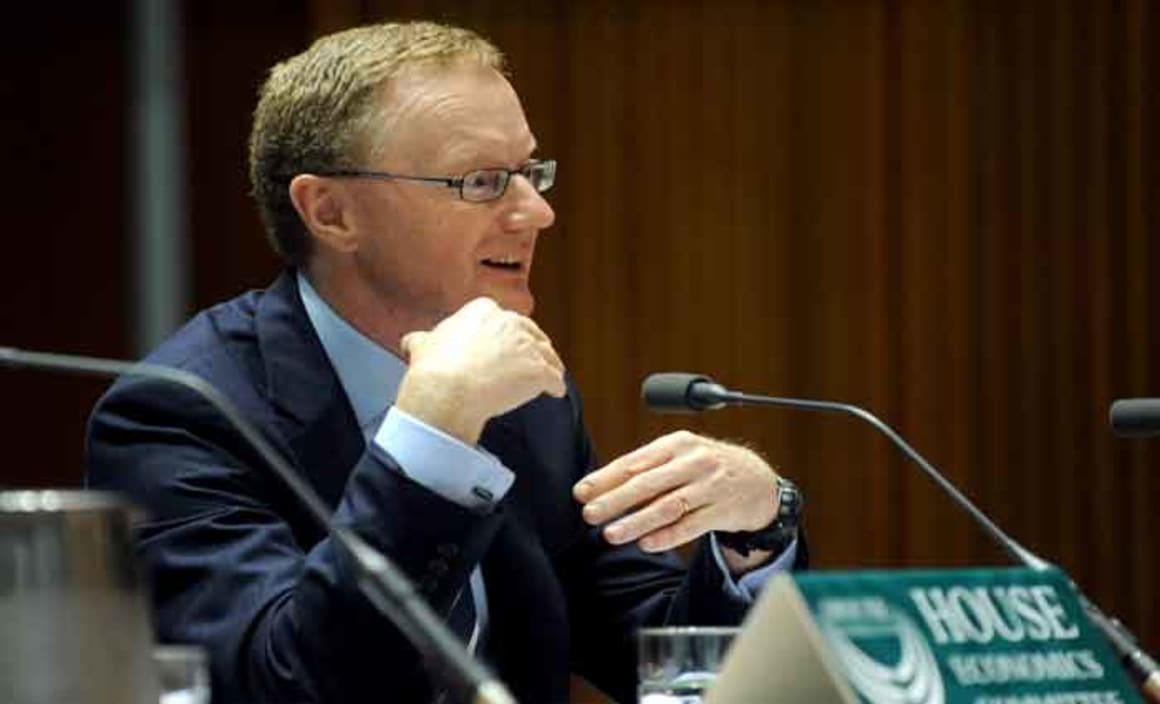Australian economy may have reached a gentle turning point: Philip Lowe

EXPERT OBSERVATION
Our central forecast is for the Australian economy to expand by 2½ per cent this year and 2¾ per cent over 2020.
The growth forecast for this year has been revised down since we met six months ago, but the forecast for next year is unchanged.
The downward revision this year mainly reflects weak consumption growth.
It has become increasingly clear that the extended period of unusually slow growth in household incomes has been weighing on household spending, as has the adjustment in the housing market.
Given this experience, the outlook for consumption continues to be the main domestic source of forecast uncertainty.
Even so, looking ahead, there are signs the economy may have reached a gentle turning point.
Consistent with this, we are expecting the quarterly GDP growth outcomes to strengthen gradually after a run of disappointing numbers.
This outlook is supported by a number of developments including: lower interest rates, the recent tax cuts, a depreciation of the Australian dollar, a brighter outlook for investment in the resources sector, some stabilisation of the housing market and ongoing high levels of investment in infrastructure.
It is reasonable to expect that, together, these factors will see growth in the Australian economy return to around its trend rate next year.
The major uncertainty continues to be the trade and technology disputes between the United States and China. These disputes pose a significant risk to the global economy. Not only are they disrupting trade flows, but they are also generating considerable uncertainty for many businesses around the world.
Worryingly, this uncertainty is leading to investment plans being postponed or reconsidered. It is also now generating volatility in financial markets and has increased the prospects of monetary easing in many countries. This means that we have a lot riding on these disputes being resolved.
Turning now to the Australian labour market, the unemployment rate, at 5.2 per cent, is a little higher than when we met six months ago. This is despite employment growth having been stronger than we had expected. What has happened is that increased demand for labour has been met with more labour supply, especially by women and older Australians.
Reflecting this, a higher share of the Australian adult population is participating in the labour market than ever before. This is good news. But one side-effect of this flexibility of labour supply is that it is harder to generate a tight labour market and so, in turn, it is harder to generate a material lift in aggregate wages growth.
Looking forward, while some slowing in employment growth is expected, the central scenario is for the unemployment rate to move lower to reach 5 per cent again in 2021. If things evolve in line with this central scenario, it is probable that we will still have spare capacity in the labour market for a while yet, especially taking into account underemployment.
This means that the upward pressure on wages growth over the next couple of years is likely to be only quite modest, and less than we were earlier expecting.
Caps on wages growth in public sectors right across the country are another factor contributing to the subdued wage outcomes. At the aggregate level, my view is that a further pick-up in wages growth is both affordable and desirable.
Turning now to inflation, the June quarter outcome was broadly in line with expectations, after a run of lower-than-expected numbers in earlier quarters. Over the year to June, inflation was 1.6 per cent, in both headline and underlying terms, extending the period over which inflation has been below the 2–3 per cent medium-term target range.
The Reserve Bank Board remains committed to having inflation return to this range, but it is taking longer than earlier expected.
There are a few factors that I would highlight as contributing to the low inflation outcome over the past year.
\These are: the slow growth in wages; the ongoing spare capacity in the economy; various government initiatives to address cost-of-living pressures on households; and the adjustment in the housing market, which has contributed to unusually low increases in rents and declines in the price of building a new home in some cities.
Working in the other direction, the drought and the depreciation of the exchange rate have been pushing some prices up.
Looking ahead, inflation is still expected to pick up, but the date at which it is expected to be back at 2 per cent has been pushed out again. Over 2020, inflation is forecast to be a little under 2 per cent and over 2021 it is expected to be a little above 2 per cent.
These comments were made during the opening statement to the House of Representatives Standing Committee on Economics.
PHILIP LOWE is the current Governor of the RBA